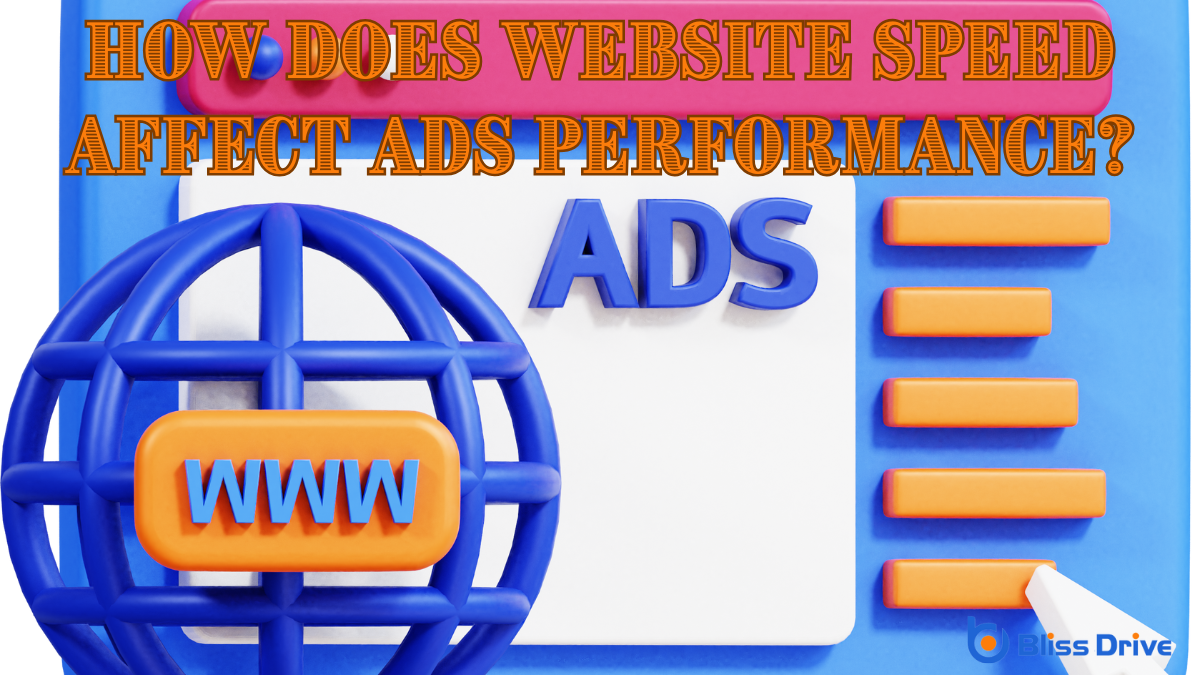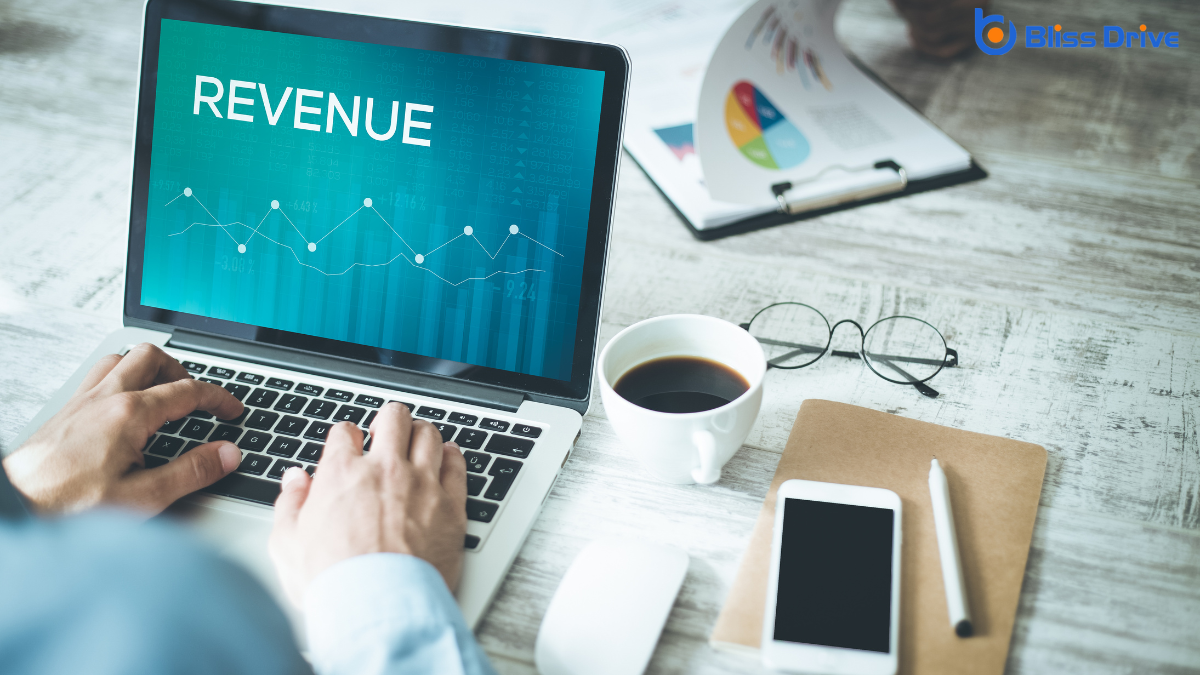Learn More About Us

Imagine you're browsing a website that takes ages to load. Frustrating, right? Those few extra seconds can make all the difference in how you interact with ads. A slow website often means higher bounce rates, fewer ad impressions, and lost revenue opportunities. But what if you could turn the tide by enhancing site speed? Discover how optimizing load times can transform user engagementThe level of interaction and involvement users have with social media content. and boost ad performance beyond expectations.
In today's fast-paced digital landscape, website speed isn't just a luxury; it's a necessity. You might wonder why it's so essential. Well, a fast-loading site enhances user satisfaction and engagement. When your site loads quickly, users can access information and services without delay, keeping them interested and preventing frustration.
Moreover, search engines prioritize speed, meaning faster sites often rank higher, increasing your visibility. You can achieve this by optimizing images, leveraging browser caching, and minimizing HTTP requests.
Each millisecond counts and can make or break your online presence.

When your website takes too long to load, users quickly become frustrated, often choosing to abandon the site altogether. You know how precious time is, and slow load times can make users feel like their time isn't respected.
They expect quick access to information and seamless navigation. If your site stalls, users might perceive it as unreliable or unprofessional.
This dissatisfaction leads to high bounce rates and a negative perception of your brand. Users have countless alternatives; they're likely to move on to a competitor's faster site.
Patience is thin in the digital world, and slow websites lose out. Prioritizing speed enhances user satisfaction, encouraging them to stay longer, explore more, and potentially convert.
Addressing load times directly impacts user experience and your site's success.
Slow load times not only frustrate users but also directly affect your site's ad performance. When your pages take too long to load, users are likely to leave before they even see your ads. This means fewer ad impressions, which can lead to reduced revenue.
It's vital to understand that faster page speeds result in more users actually seeing your ads. The quicker your site loads, the longer users will stay, increasing ad impressions. Advertisers prefer sites with high impression rates, which often correlate with faster loading times.
You mightn't realize it, but slow loading times can seriously impact your site's click-through rates.
When your website takes too long to load, users lose interest quickly, leading to decreased engagement with your ads.
Speeding up your site could be the key to improving user interactionAny action taken by a user on social media, such as likes, comments, shares, or retweets. and maximizing ad performance.
Although website design and content are essential, the speed at which a page loads can dramatically affect click-through rates. Users value their time and expect quick access to information. If your site takes too long to load, potential visitors may leave before even seeing your ads.
Faster loading times can lead to higher click-through rates because users are more likely to stay and engage with your content. Here’s how loading timeThe time it takes for a webpage to fully load, affecting user experience and conversion rates. impacts click-through rates:
When your website takes too long to load, user engagement can plummet, directly impacting click-through rates. Visitors aren’t patient; they expect quick responses. If your page delays, they’ll likely leave in frustration before even seeing your ads.
This decreased engagement means fewer clicks and reduced ad performance. Users associate speed with reliability, so a slow site can harm your credibility.
Consider how this affects user experience: a delay of just a few seconds can lead to a significant drop in conversions. You need to guarantee that your site loads swiftly to retain visitors and maximize ad revenue.

A sluggish website can drastically impact your revenue, as visitors are quick to leave if pages don't load promptly. This impatience translates directly into lost advertising dollars and reduced sales.
When your website speed lags, potential customers could abandon their visit before they even see your ads. This decreases ad impressions and click-through rates, which can lead to lower ad revenue.
Additionally, slow-loading sites often rank lower in search results, further reducing organic trafficVisitors who come to a website through unpaid search engine results..
To make things clearer:
Improving speed is essential for maximizing revenue.
Several technical factors can greatly influence your website's load times, directly affecting user experience and revenue potential.
One major element is server response time. If your server takes too long to respond, users might leave before your site even loads.
Another factor is the size of your files. Large images and unoptimized code can slow your site down considerably.
Additionally, the number of requests your website makes to load each page can impact speed. Each request adds load time, so minimizing them can help.
Finally, browser caching is essential. Without it, users’ browsers must reload everything each time they visit, causing delays.
Understanding these technical aspects allows you to identify bottlenecks and improve your site's performance effectively.
Understanding the technical factors that affect your website’s load times sets the stage for implementing effective strategies to boost speed and enhance ad performance.
By optimizing your site, you can improve user experience and increase ad revenues. Here are some strategies you can employ:

When you're aiming to boost your site's speed, using the right tools can make all the difference.
Speed testing tools help you identify bottlenecks, while optimization best practices guide you in making necessary improvements.
To guarantee your website delivers a seamless user experience, leveraging speed testing tools is essential. They help you identify bottlenecks and improve loading times, which can greatly impact ad performance and user satisfaction.
By regularly testing your site's speed, you gain insights into areas needing optimization and stay ahead of potential issues.
Consider these popular tools to monitor your site speed:
Using these tools empowers you to make informed decisions for a faster, more efficient website.
While ensuring ideal website performance, one must focus on best practices tailored to enhancing site speed.
Begin by optimizing images: compress and resize them without sacrificing quality. Use a content delivery network (CDN) to distribute content efficiently, reducing server load.
Minimize HTTP requests by combining files like CSS and JavaScript. Implement browser caching, allowing users to store parts of your site locally, speeding up return visits.
Also, consider using asynchronous loading to prevent render-blocking resources.
To monitor progress, leverage tools like Google PageSpeed Insights and GTmetrix, which offerThe specific product or service being promoted by affiliates. actionable insights.
Regularly audit your site, ensuring plugins and scripts are up-to-date and necessary.
Although website speed is essential for user experience and ad performance, finding the right tools to analyze and improve it can make all the difference.
You need resources that give you actionable insights without overwhelming you. Here are some top tools to contemplate:
These tools empower you to enhance your site's speed effectively.
You've seen how vital website speed is for ad performance. When your site loads quickly, users are more likely to engage, leading to higher ad impressions and click-through rates. This means better conversions and increased revenue. Slow sites, however, drive users away, hurting your ad effectiveness. Focus on optimizing speed by addressing technical issues and using the right tools. By doing so, you'll enhance user satisfaction and maximize your ad potential.
